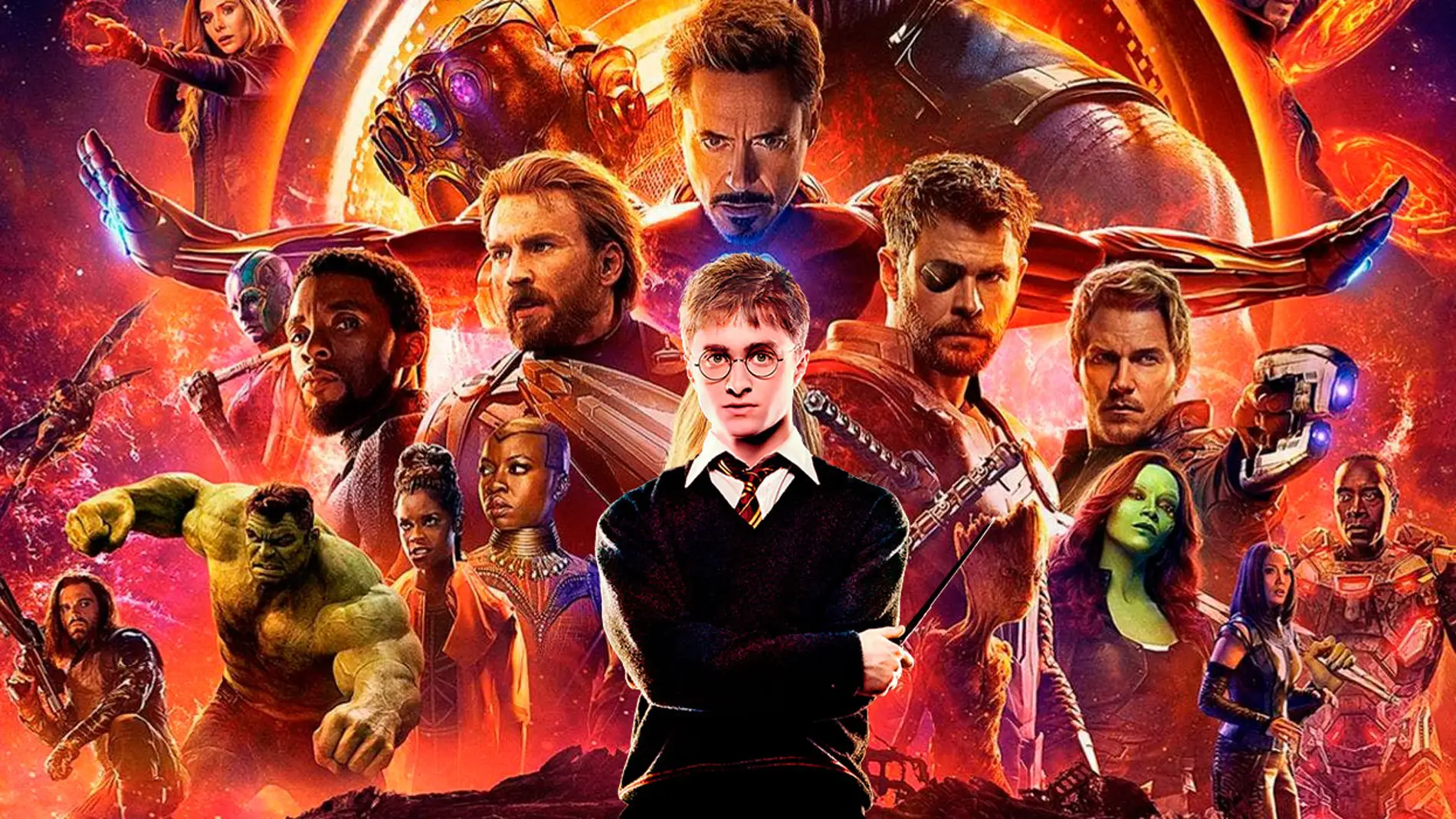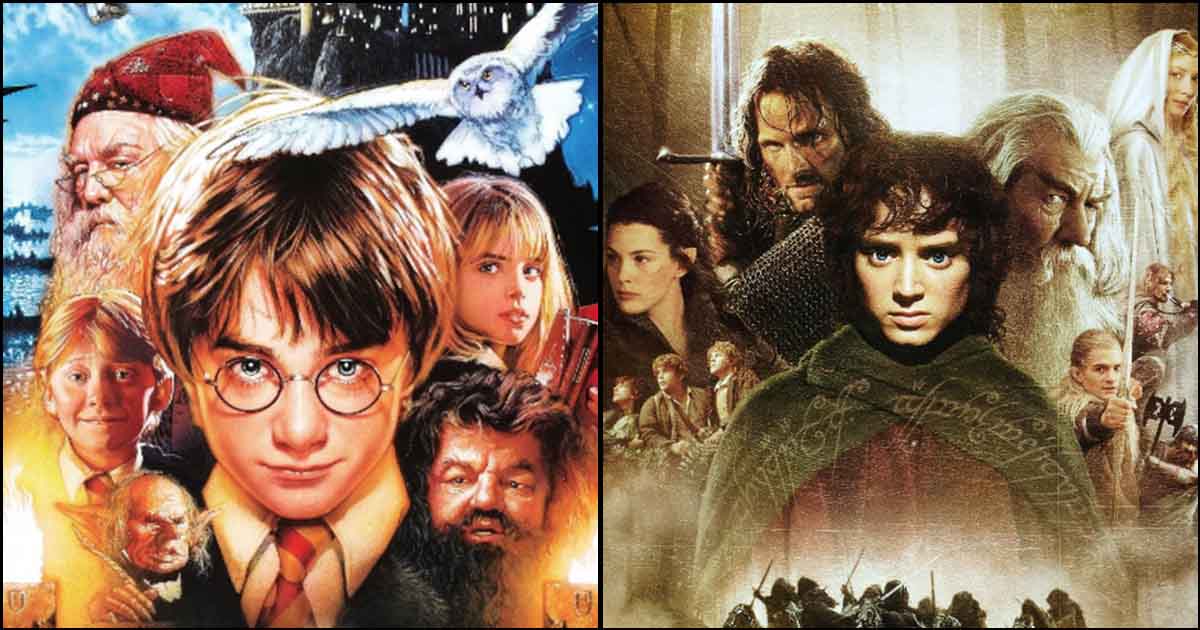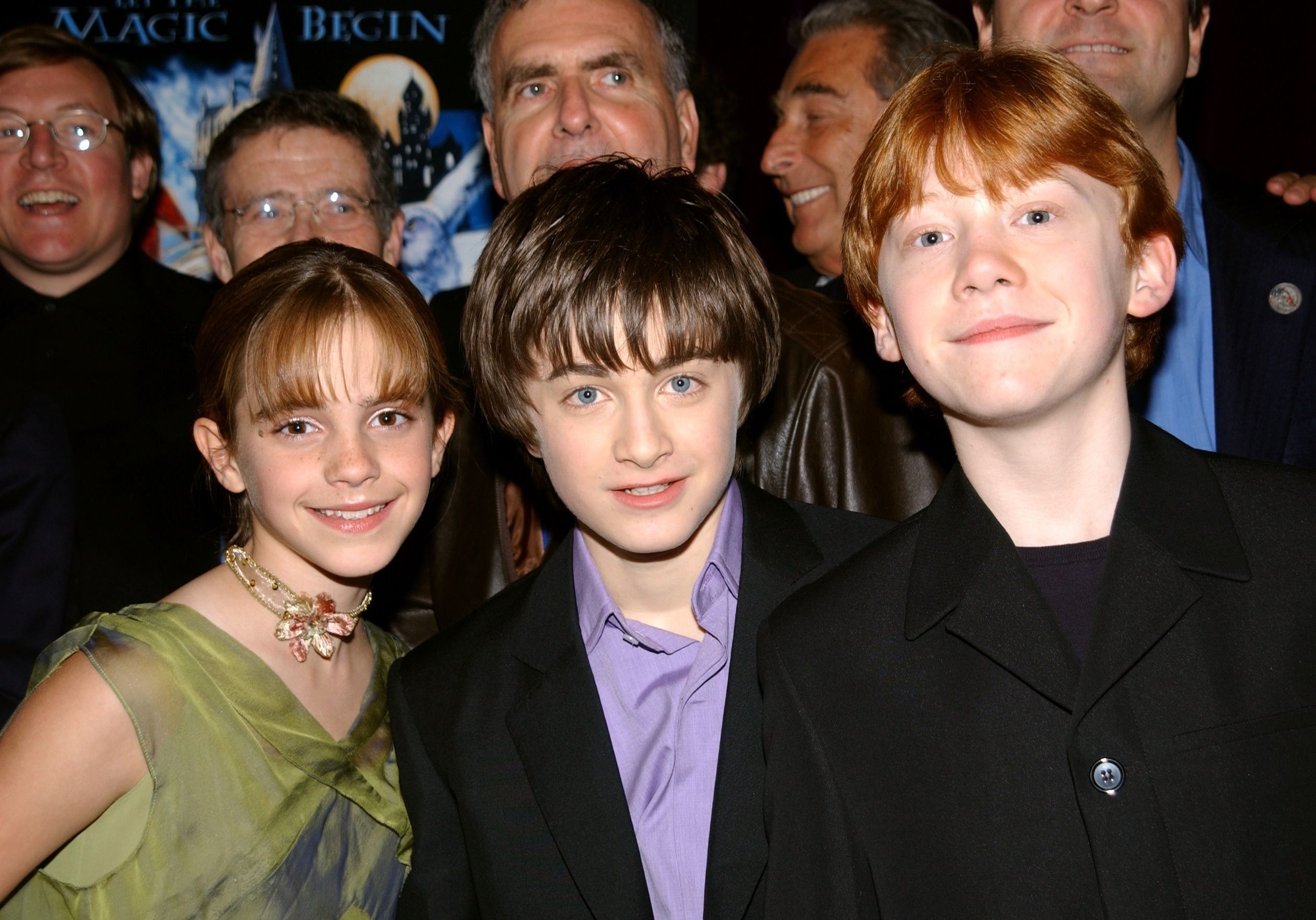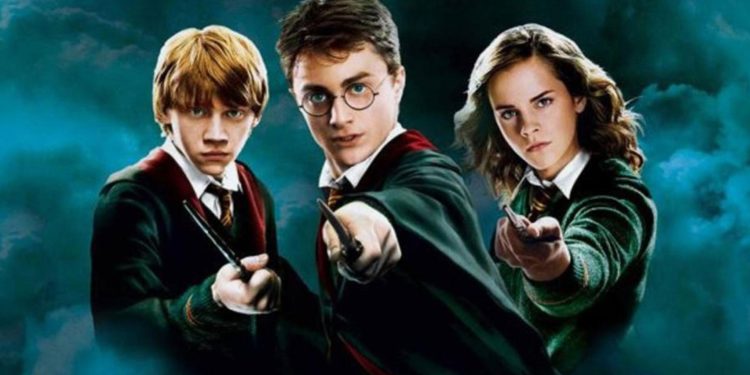The Harry Potter franchise, adored by millions around the globe, has often faced criticism from its most ardent fans for straying from J.K. Rowling’s intricate source material. One of the most glaring deviations from the original story appears in the climactic final battle of Harry Potter and the Deathly Hallows: Part 2. Here, the film’s portrayal of the epic confrontation between Harry Potter and Lord Voldemort has been a point of contention, particularly among die-hard Potterheads who feel the film fell short in capturing the essence of this crucial moment.

The Epic Showdown: Book vs. Film
In Harry Potter and the Deathly Hallows: Part 2, the final battle between Harry and Voldemort is a visually breathtaking sequence. Director David Yates crafted this scene with the same grandiosity that marked the climactic moments of Avengers: Endgame. Much like the MCU’s epic battle, Yates filled the scene with dramatic visuals—smoke, debris, and wand lights piercing through the darkness.
While the visual splendor of this sequence mirrors the intensity of superhero showdowns, the film’s choice to focus on nonverbal magic has left many fans disheartened. The omission of Harry’s verbal incantations, especially the iconic Expelliarmus, stripped the moment of its deeper significance. For Potterheads, the absence of these spells diminished the emotional weight of the climax.
The Significance of Verbal Spells
In Rowling’s book, Harry Potter’s choice to use Expelliarmus, the Disarming Charm, against Voldemort’s deadly Avada Kedavra curse was a profound narrative decision. While it might seem like a relatively benign spell compared to Voldemort’s lethal attack, Expelliarmus represents a crucial element of Harry’s character and the moral core of the series.

Harry’s choice to use Expelliarmus highlights his commitment to mercy over violence, embodying the lesson that true strength lies in forgiveness rather than destruction. Throughout the series, Harry’s adherence to non-lethal methods, even in the face of his greatest enemy, underscores his growth and the influence of his parents’ legacy. This contrast between Harry’s moral stand and Voldemort’s ruthless ambition is a central theme in the series, and the book’s portrayal of this moment was designed to reflect this thematic depth.
Missed Opportunities in the Final Film
The film’s adaptation, while visually stunning, failed to capture the full emotional and moral weight of this final confrontation. Instead of the intense verbal duel that fans anticipated, the film presented a more superficial version of the battle. The choice to focus on nonverbal magic and omit the incantations removed a layer of depth that was integral to the climax of Harry’s journey.
For many fans, the film’s version of the battle felt like a missed opportunity to celebrate the essence of Rowling’s story. While the visual effects and action sequences were impressive, they couldn’t substitute for the profound narrative significance of Harry’s choice of spell.

In essence, the final battle between Harry Potter and Lord Voldemort in Harry Potter and the Deathly Hallows: Part 2 is a prime example of how adaptations can sometimes fail to capture the essence of their source material. The film’s visual grandeur and intense action scenes might have satisfied casual viewers, but for die-hard fans, the omission of key elements like the verbal spells and their significance left a lingering disappointment. As fans continue to debate the merits of the film’s adaptation, the original book remains a testament to the emotional and moral depth that made Harry Potter a beloved saga.









